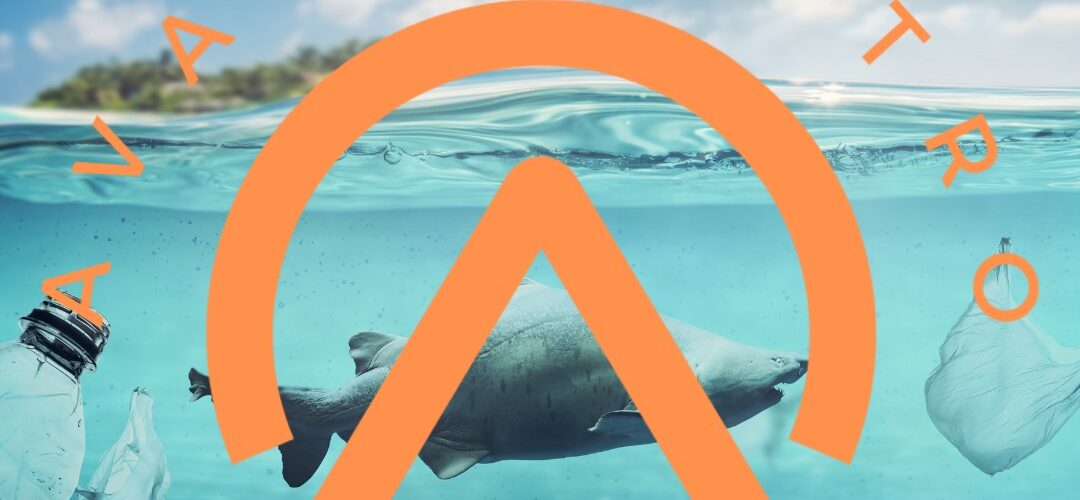Understanding the Impact of Plastics on Animals
Introduction
In recent decades, the pervasive use of plastics has transformed various aspects of human life, from packaging materials to technological advancements. However, alongside its convenience, the environmental repercussions of plastic usage have become increasingly apparent. One critical aspect of this impact is the effect of plastics on animals. In this comprehensive guide, we delve into the intricate relationship between plastics and wildlife, shedding light on the detrimental consequences and exploring potential solutions.
The Pervasive Presence of Plastics
Plastics, owing to their durability and versatility, have infiltrated virtually every corner of the globe. From the depths of the oceans to the highest peaks, no ecosystem remains untouched by the presence of plastic waste. Despite efforts to manage and mitigate plastic pollution, the sheer volume of plastic production continues to escalate, exacerbating the environmental crisis.
Wildlife Encounters: The Toll of Plastics
Marine Life
Among the most profoundly affected by plastic pollution are marine animals. Each year, millions of tons of plastic debris find their way into the oceans, posing grave threats to marine biodiversity. From entanglement in plastic debris to ingestion of microplastics, marine creatures face myriad challenges directly attributable to human plastic consumption. Sea turtles, seabirds, marine mammals, and fish all fall victim to the insidious presence of plastics in their habitats.
Terrestrial Animals
While marine life bears the brunt of plastic pollution, terrestrial animals are not immune to its effects. Land animals, ranging from mammals to birds to reptiles, encounter plastics in various forms. For instance, ingestion of plastic fragments mistaken for food can lead to internal injuries, digestive tract blockages, and ultimately, death. Additionally, terrestrial habitats increasingly become littered with plastic waste, disrupting ecosystems and endangering wildlife.
Ecological Ramifications
The ramifications of plastics on animals extend beyond individual organisms to entire ecosystems. As integral components of their respective habitats, animals play crucial roles in maintaining ecological balance. Disruptions caused by plastic pollution can cascade through food webs, leading to population declines, species extinctions, and ecological imbalances. Furthermore, the persistence of plastics in the environment poses long-term challenges, as these materials degrade slowly, if at all, perpetuating their harmful effects.
Addressing the Crisis: Solutions and Strategies
Reduction and Recycling
Central to mitigating the impact of plastics on animals is the adoption of proactive measures to reduce plastic consumption and enhance recycling efforts. Implementing policies to limit single-use plastics, promoting eco-friendly alternatives, and investing in advanced recycling technologies are crucial steps toward curbing plastic pollution. Additionally, fostering public awareness and participation in plastic reduction initiatives can drive meaningful change.
Clean-up and Restoration
Efforts to clean up existing plastic waste from natural environments are essential to safeguarding wildlife and ecosystems. Community-led clean-up initiatives, supported by governmental and non-governmental organizations, play a vital role in removing plastic debris from habitats and restoring ecological integrity. Furthermore, restoration projects aimed at rehabilitating ecosystems impacted by plastic pollution contribute to long-term conservation efforts.
Innovation and Research
Advancements in material science and waste management technologies hold promise for addressing the plastic crisis. Innovations such as biodegradable plastics, microplastic filtration systems, and efficient waste-to-energy processes offer sustainable alternatives to traditional plastic products and disposal methods. Investing in research to better understand the ecological implications of plastics and develop innovative solutions is paramount to fostering a plastic-free future.
Conclusion
Plastics exert a profound and multifaceted impact on animals, threatening biodiversity, ecological stability, and the well-being of wildlife worldwide. From the depths of the oceans to terrestrial habitats, the pervasive presence of plastic pollution poses a formidable challenge to conservation efforts. By embracing sustainable practices, advocating for policy reforms, and fostering innovation, we can mitigate the detrimental effects of plastics on animals and pave the way for a more resilient and harmonious coexistence between humans and wildlife.
Written by Emir Narin

